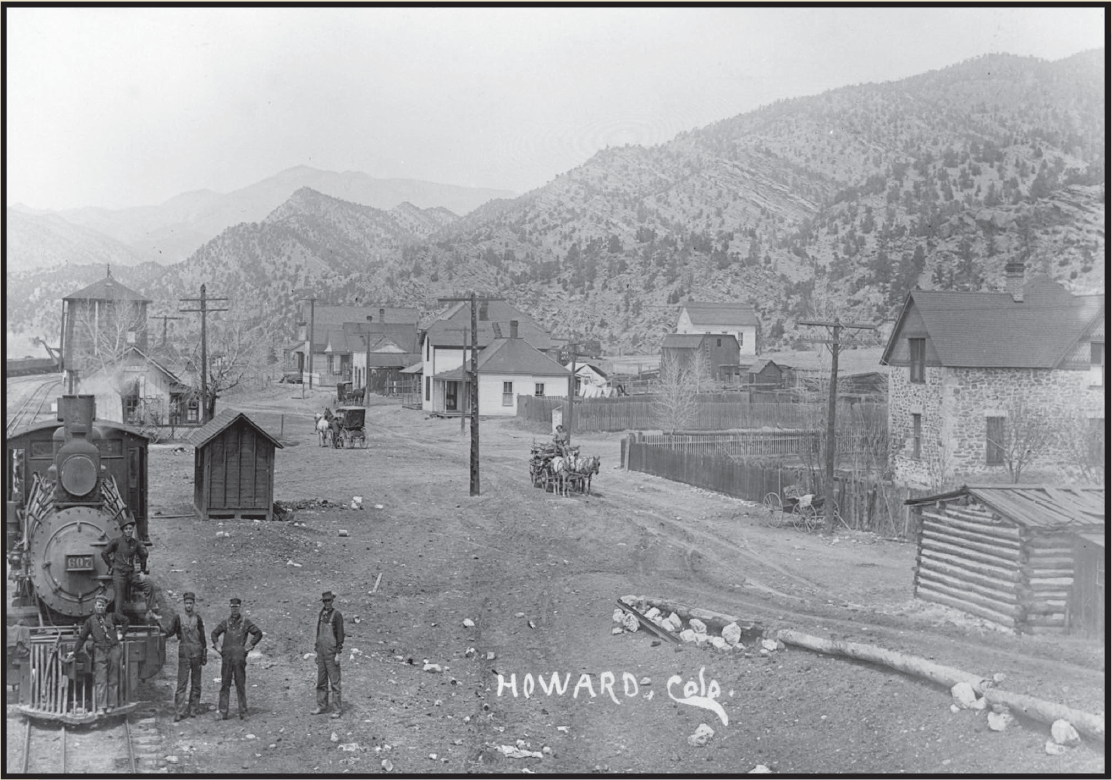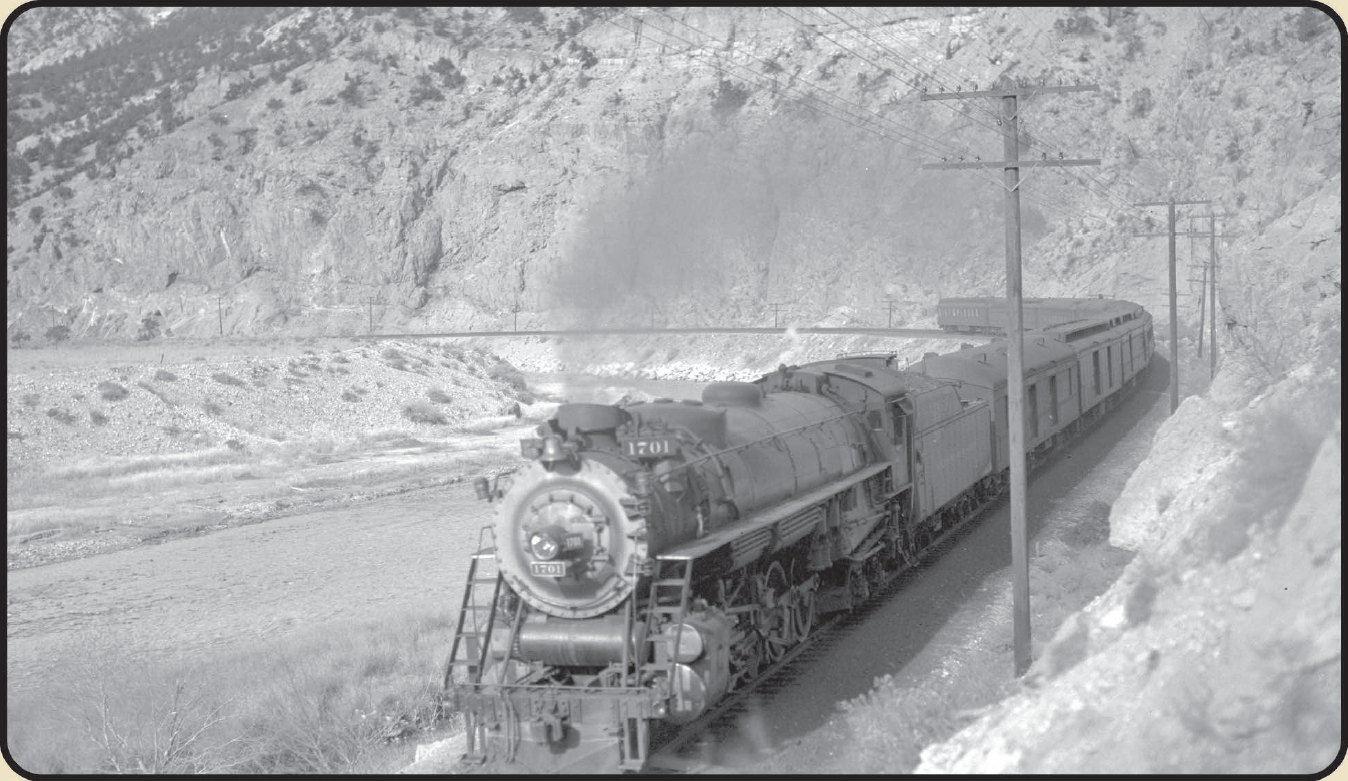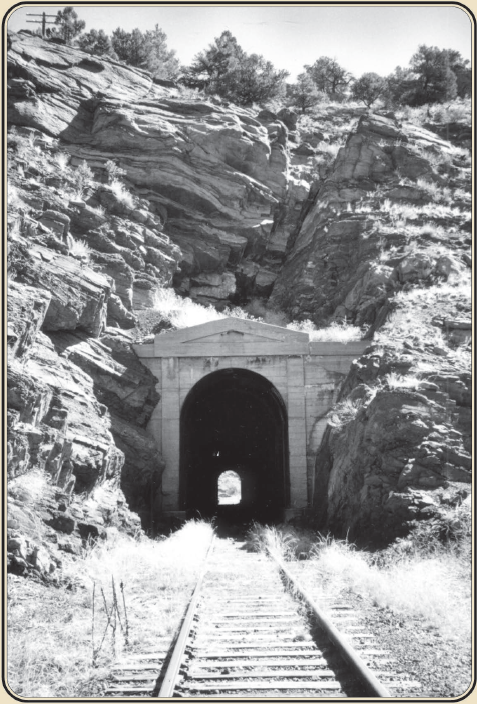Pathway into History
The Denver and Rio Grande Railroad arrives in Pleasant Valley
The arrival of the railroad to Pleasant Valley in 1880 caused a great deal of excitement.
Railroad fever had hit the West and every community wanted one. When the Denver and Rio Grande Railroad was completed, many more settlers came to the area.
A More Efficient Technology Aids Mining
Prior to the railroad, laborers used primitive equipment to open the mountains. Imagine digging out a tunnel with a pick and shovel. The train, or Iron Horse, however, could haul heavy equipment to the site and carry out huge loads of ore and stone making the process more economical and efficient.
Greater Mobility and Socialization
Immigrants from Italy, Sicily, China, and other foreign countries started flocking to the area to work on the railroad and to work in the mines. The railroad enabled people, including tourists, to come here from all over the country. Passenger fares ranged from 2 to 5 cents per mile. Even residents came by train from Cotopaxi to Howard for parties and dancing. By the 1900s, numerous freight and about eight passenger trains ran through the area each day.
Local Growth and Commerce
The railroad brought in mining supplies, produce, and cattle. It hauled out limestone ore and quarry stone. Stone from Kerr Quarry and Colorado Travertine Quarry went by rail east for use in building. Limestone mined at Calcite was shipped to Pueblo for use in making iron.
Royal Gorge Regional Museum and History Center photo, circa 1910. Click the image above for a full-sized version
Railroad Brings Change
Progress, growth, and prosperity in this area grew quickly with the arrival of the railroad. The D&RG railroad depot at Howard provided local service for Pleasant Valley. It brought numerous opportunities to the people here and with everyone pulling together, the pioneers of Pleasant Valley made their mark in the world.
People Mover
The standard gauge passenger train eastbound near Wellsville in the 1940s made regular runs between Salida and Cañon City.
Denver Public Library, Western History Collection, photo OP-10364, Nov. 17, 1940
Click the image to the left for a full-sized version
Through Instead of Around
Straightening tracks to eliminate dangerous curves often meant boring through mountains. During the railroad installation of the third track for standard gauge trains, the sharp long curve of the narrow gauge bed had to be eliminated. This tunnel was probably cut about 1890 to straighten the narrow gauge track originally here. Trains made the job slightly easier by carrying out the removed debris.
Michael and Linda Goddard photo, 2004
Click the image to the right for a full-sized version


